How Does CDG Address Social Compliance in High-Risk Regions?
In today’s interconnected world, global supply chains often extend into regions that pose significant social compliance risks. These high-risk areas may be characterized by weak labor laws, political instability, or prevalent human rights violations, making it challenging for companies to ensure that their operations and supply chains adhere to ethical standards. For businesses committed to maintaining robust social compliance, operating in these regions requires a proactive and strategic approach.
At CDG, we specialize in conducting Social Compliance Audits that are tailored to the unique challenges of high-risk regions. Our approach combines deep local knowledge with global best practices, ensuring that our clients can uphold their ethical commitments even in the most challenging environments. In this blog post, we’ll explore how CDG addresses social compliance in high-risk regions, providing insights into our methodologies and offering practical tips for businesses navigating these complexities.
Introduction: The Challenges of Social Compliance in High-Risk Regions
High-risk regions present a variety of challenges for social compliance, including limited regulatory oversight, widespread corruption, and cultural practices that may conflict with international labor and human rights standards. For companies operating in these areas, the risk of non-compliance is heightened, making it essential to implement rigorous auditing and monitoring processes.
The consequences of non-compliance can be severe, ranging from legal penalties to reputational damage and loss of business. However, with the right strategies and expertise, companies can successfully manage these risks and ensure that their operations contribute positively to the communities in which they operate.
1. Understanding the Local Context
Effective social compliance in high-risk regions begins with a deep understanding of the local context. This includes not only the legal and regulatory environment but also the social, cultural, and economic factors that influence labor practices and human rights.
1.1. Conducting In-Depth Risk Assessments
At CDG, we start by conducting comprehensive risk assessments that identify the specific social compliance challenges in a given region. These assessments consider factors such as:
- Labor Laws and Enforcement: Understanding the local labor laws and the extent to which they are enforced helps us identify potential areas of non-compliance.
- Cultural Norms and Practices: Cultural practices, such as gender discrimination or child labor, can impact compliance. We assess these factors to tailor our audit approach to the local context.
- Political and Economic Stability: Regions with political instability or economic hardship may pose additional risks, such as forced labor or unsafe working conditions.
Example: In a region where child labor is a common practice, our risk assessment would focus on understanding the local context and identifying industries or suppliers where this issue is prevalent. This allows us to tailor our audit process to address these specific risks.
1.2. Engaging Local Experts
To gain a nuanced understanding of the local context, CDG engages with local experts, including legal professionals, human rights organizations, and industry insiders. These experts provide valuable insights into the specific challenges and risks in the region, helping us conduct more accurate and culturally sensitive audits.
Practical Tip: When operating in high-risk regions, companies should consider partnering with local experts or organizations that have a deep understanding of the area. This can enhance the effectiveness of your compliance efforts and ensure that you are addressing the most relevant issues.
2. Implementing Rigorous Auditing Processes
In high-risk regions, standard auditing processes may not be sufficient to ensure compliance. At CDG, we implement rigorous and comprehensive auditing processes that are designed to address the unique challenges of these areas.
2.1. On-the-Ground Audits
Remote audits or desk-based reviews may not provide an accurate picture of compliance in high-risk regions. CDG conducts on-the-ground audits that involve direct inspections of facilities, interviews with workers, and assessments of working conditions.
- Facility Inspections: We visit production sites, factories, and other facilities to assess compliance with labor standards, safety regulations, and environmental practices.
- Worker Interviews: Conducting confidential interviews with workers allows us to gather first-hand accounts of their experiences and identify any issues that may not be apparent through document reviews.
Example: In a region known for unsafe working conditions, our auditors would prioritize on-site inspections to evaluate workplace safety measures, such as fire exits, personal protective equipment, and emergency preparedness plans.
2.2. Enhanced Monitoring and Follow-Up
High-risk regions require ongoing monitoring to ensure that compliance is maintained over time. CDG implements enhanced monitoring processes that include regular follow-up audits, continuous communication with local partners, and the use of technology for real-time data collection.
- Follow-Up Audits: We conduct follow-up audits to verify that any issues identified during the initial audit have been addressed and that compliance is sustained.
- Technology Integration: We leverage technology, such as mobile auditing tools and data analytics, to monitor compliance in real-time and quickly respond to any emerging issues.
Practical Tip: Implement a system for continuous monitoring of compliance in high-risk regions, including regular follow-up audits and the use of technology to track progress and identify potential risks.
3. Building Strong Supplier Relationships
Suppliers play a critical role in maintaining social compliance, particularly in high-risk regions where supply chain complexity can lead to increased risks. CDG helps companies build strong, transparent relationships with their suppliers to ensure compliance throughout the supply chain.
3.1. Supplier Engagement and Training
Engaging suppliers in the compliance process is essential for achieving sustainable results. CDG works closely with suppliers to ensure they understand the company’s compliance expectations and are equipped to meet them.
- Training Programs: We provide training for suppliers on social compliance standards, ethical sourcing practices, and local labor laws. This helps suppliers implement effective compliance measures within their operations.
- Collaborative Audits: In some cases, we conduct collaborative audits with suppliers, working together to identify and address compliance challenges. This approach fosters a sense of partnership and shared responsibility.
Example: In a region where forced labor is a risk, we might conduct joint training sessions with suppliers to educate them on the signs of forced labor and how to implement practices that prevent it.
3.2. Supplier Transparency and Accountability
Transparency is key to ensuring that suppliers adhere to social compliance standards. CDG encourages suppliers to adopt transparent practices and holds them accountable for maintaining compliance.
- Supplier Code of Conduct: We help companies develop and enforce a supplier code of conduct that outlines clear expectations for social compliance. This code is shared with all suppliers, and adherence is monitored through regular audits.
- Transparency Initiatives: We work with suppliers to implement transparency initiatives, such as publicly disclosing sourcing practices or participating in certification programs that verify compliance.
Practical Tip: Establish a supplier code of conduct that clearly outlines your social compliance expectations. Regularly audit your suppliers to ensure they adhere to these standards and consider implementing transparency initiatives to build trust and accountability.
4. Promoting Continuous Improvement
Social compliance is not a one-time effort but an ongoing process that requires continuous improvement. CDG helps companies foster a culture of continuous improvement, ensuring that they not only maintain compliance but also enhance their practices over time.
4.1. Identifying Areas for Improvement
Through our audits and monitoring processes, CDG identifies areas where companies and their suppliers can improve their social compliance efforts. We provide actionable recommendations that help businesses strengthen their compliance programs.
- Gap Analysis: We conduct gap analyses to identify discrepancies between current practices and best practices in social compliance. This helps companies understand where they need to focus their efforts.
- Improvement Plans: Based on our findings, we develop detailed improvement plans that outline specific actions companies can take to address compliance issues and enhance their overall performance.
Example: If our audit identifies inadequate worker training as a compliance issue, we would recommend implementing a comprehensive training program and provide guidance on how to structure and deliver it effectively.
4.2. Encouraging Best Practices and Innovation
In high-risk regions, adopting best practices and innovative approaches can help companies stay ahead of compliance challenges. CDG encourages companies to explore new methods and technologies that can enhance their social compliance efforts.
- Adopting Best Practices: We share industry best practices with our clients, helping them implement proven strategies for managing compliance risks in high-risk regions.
- Leveraging Technology: We encourage companies to explore new technologies, such as blockchain for supply chain transparency or AI for predictive analytics, to enhance their compliance efforts.
Practical Tip: Regularly review and update your social compliance practices to incorporate new best practices and technologies. This proactive approach can help you stay ahead of emerging risks and maintain a strong compliance program.
Navigating Social Compliance in High-Risk Regions
Addressing social compliance in high-risk regions requires a strategic, informed, and proactive approach. By understanding the local context, implementing rigorous auditing processes, building strong supplier relationships, and promoting continuous improvement, companies can effectively manage the challenges of operating in these regions while maintaining their ethical commitments.



